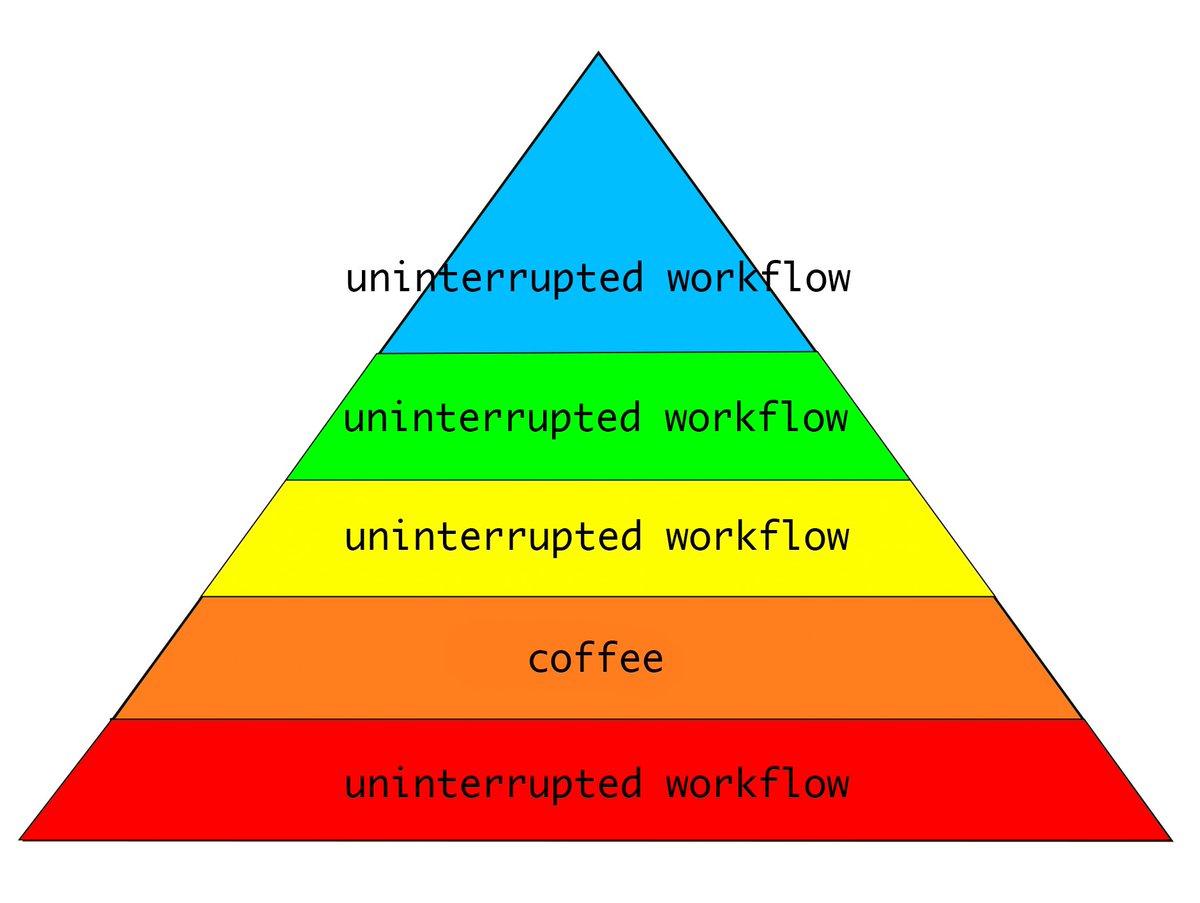The XVIIth podcast is live! … one wonders why the Roman Empire didn’t last much longer, doesn’t one. One also wonders how long one can refer to oneself in the whatever-person this is. (It’s… second-person? No, folks, it’s “third person.” English grammer fumbling and lesson over.)
In this podcast, we chase a few things: the discussion topic centers back around on Python vs. Java, and why one might encounter one over the other in certain situations.
We also jump down the gullets of a lot of varied topics, only some of which are Java, but most are at least sort-of relevant:
- Expanded
switchstatements in java! … Stuff we can look forward to in Java 12. Java’s looking more and more like Kotlin all the time. - Hibernate with Kotlin – powered by Spring Boot describes, of all things, using Kotlin, Hibernate, and Spring Boot together. (The summary has a good laundry list of things to pay attention to.)
- Another Java Enhancement Proposal: the Java Thread Sanitizer. It would provide a dynamic data race detector implementation for Java and native JNI code utilizing ThreadSanitizer in OpenJDK with interpreter and C1 support… and while it’s great that tools like this might exist, it’s fantastic that they’re apparently rarely needed if they show up twenty years after Java’s release.
- The Left Hand of Equals is not strictly java related, but still interesting. It mostly centers around what it means for one object to be equal to another. I wonder if the channel blog should have recommended LINKS as well as books….
- TomEE: Running with Systemd is a pretty fair walkthrough, and should be applicable to other app servers as well… that is, if appservers are still relevant in the world where microservice containers do be existin, mon.
- https://brilliant.org/ is a kinda neat site for math and logic skills. If you use it, don’t forget to take the question surveys, because that’s how it’ll improve.
- How to Be a Person Who Can Make a Damn Decision is the first of at least two annoying links for Andrew – this one says it’s “how to be a person who can” but actually mostly documents people being those kinds of people. We also have the resurgence of the podcast drinking game; take a shot whenever game theory is mentioned. However, the article doesn’t really have a lot of takeaways, apart from pointing out that the ability to make a decision quickly is probably a worthwhile skill to have.
- OpenPDF 1.2.1 has been released. Joe didn’t even know about this library. No idea how useful it is; this release doesn’t look like a big one from the surface, but still: the more libraries out there, the merrier, right? (Unless they’re logging libraries.)
- 7 Scientific Benefits of Reading Printed Books is the second annoying link for Andrew. It goes over some, uh, tenuous reasons print books are worth reading, some of which were taken exception to. Joe thought it was worth thinking about when e-books are ALL the rage for programming topics…
- Other tangential topics:
- https://hmijailblog.blogspot.com/2018/08/you-could-have-invented-lmax-disruptor.html I hated reading this, so I stopped.
- https://perens.com/2018/08/22/new-intel-microcode-license-restriction-is-not-acceptable/ Apparently Intel was saying not to publish benchmarks, which is kinda gross. However, worth noting is that after the initial scraping of this article, Intel backed down and changed the police. Way to go, Bruce Perens!
 One gets the impression that the developer’s needs weren’t being met when designing that graph.
One gets the impression that the developer’s needs weren’t being met when designing that graph.